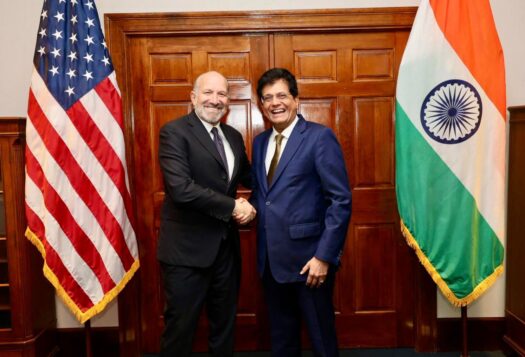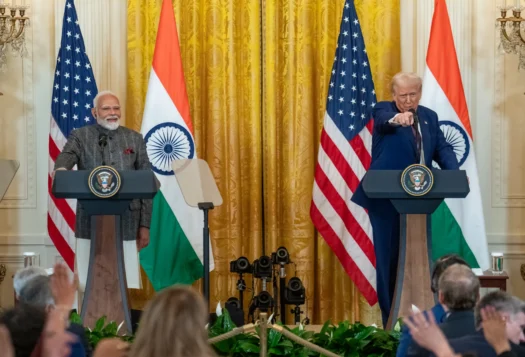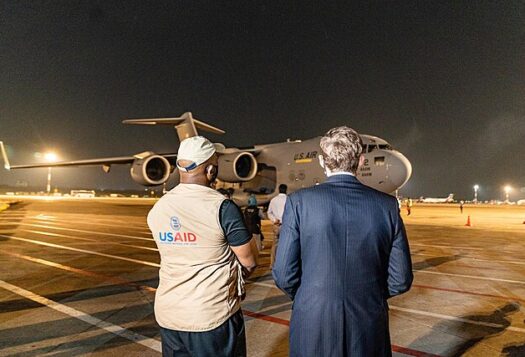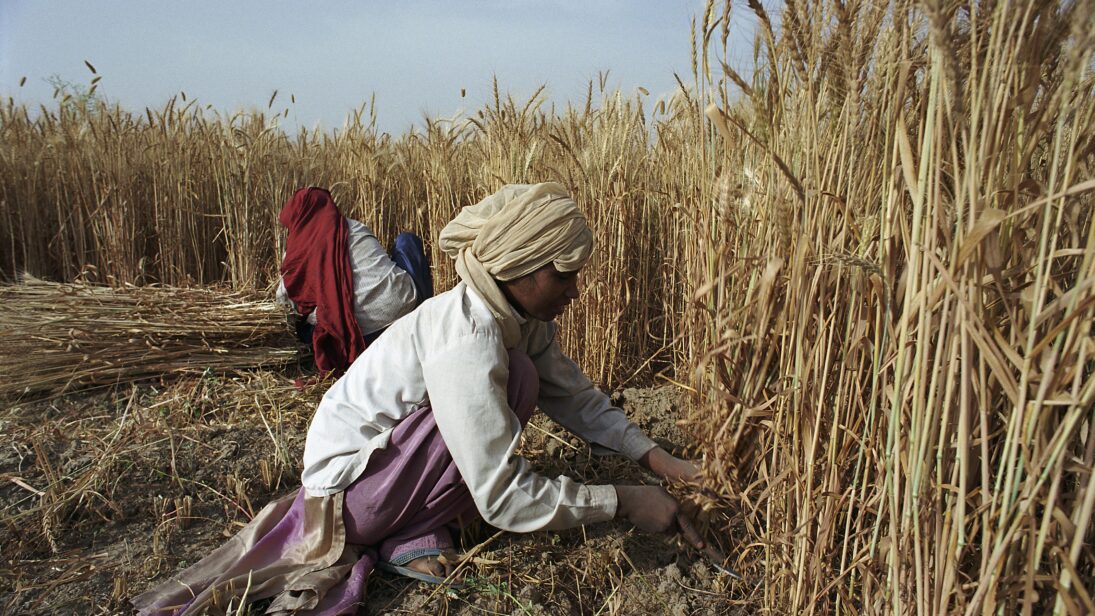
The Indian Rupee recently plunged to a record low of 77.9 against the US Dollar amidst growing uncertainty within domestic equity markets. Two principal factors are directly responsible for this decline in the value of the Indian Rupee. First, the large current account deficit that the Indian economy had incurred over many years. Second, the decrease in Foreign Direct Investment (FDI) due to the flight of investors into safer havens like the United States because of the ongoing war in Ukraine. India has also banned wheat exports citing a risk to its overall security as the war has worsened rising inflation rates. This has caused significant concern among international stakeholders: India’s wheat ban has led to a rise in wheat prices by six percent as Ukraine, a leading global breadbasket, is unable to supply the planet with agricultural produce.
Some analysts believe that despite the prevailing crisis, the Indian economy will register high growth rates on account of the “structurally robust nature of the Indian economy”— high tax collections, increasing service sector exports and a mood of innate optimism within the markets because of sustained domestic demand. But current developments suggest that the Indian economy has been adversely impacted by the war. The war has deepened existing vulnerabilities in the Indian economy domestically by compounding existing financial problems—supply-demand gaps in the availability of essential daily goods to the consumers, in addition to rising commodity inflation, has dented the Indian economy. The war in Ukraine has underlined that the Indian economy is not immune to international shocks—India’s market economy is closely integrated with the world market, indicating complex interdependencies. While the Indian market is fuel dependent today, this war has provided India with the opportunity to reassess its priorities and attempt to shift from being a fuel dependent economy to a greener one, reducing its dependence on autocratic states.
Indian Economy in Crisis
India “opened” its economy in 1991, taking the first step towards globalization. Consistent growth in the Information and Technology (IT) sector and the larger service sector increased India’s Gross Domestic Product (GDP), helping India clock high growth rates throughout the 1990s and 2000s. However, low real per capita income, high poverty rates, and dependence on fuel exports, coupled with continuous dependence on the inconsistent agrarian sector, was the collective Achilles’ heel of India’s economy through the late 2010s.
India has the opportunity to reassess its priorities and shift from being a fuel dependent economy to a greener one, reducing its dependence on autocratic states.
While the Indian economy has continued to grow on account of a high GDP rate, the annual fiscal deficit within the Indian budget has increased at an alarming rate with little or no economic benefits percolating to the poor through the conventional “trickle down” effect. This has made the gap between the rich and poor more pronounced: a few individuals reap the majority of growth benefits, while the majority has been deprived of its economic dividends.
Indian financial institutions have borne the brunt of the imminent financial slowdown as they have not been able to recover borrowed capital as lenders. The problem of Non-Performing Assets (NPAs) has aggravated the banking sector, leading to government intervention. Fledgling banking institutions have been resurrected through the pumping of government funds. These developments have left the Indian fiscal institutions cash strapped and revealed the true nature of the “asset rich but cash poor” Indian middle class, which has had limited access to liquid funds during economic downswings.
Economic Impact of the War
The Russia-Ukraine war has worsened the liquidity crisis within the Indian economy. Consumer spending has been reduced as a result of limited access to liquid cash, largely because of the pandemic. Major companies are unwilling to pump in money into the market given the possibility of limited returns, while consumers are unwilling to spend money due to limited access to cash.
An incremental increase in the cost of essential oils, coupled with rising costs of importing crude oil, has dented the Indian exchequer. Household diets have emerged as the biggest casualty of this developing economic crisis. Commodities like “sunflower oil,” cultivated in substantial quantities in Ukraine and a staple within the traditional Indian kitchen—have become more expensive due to the ongoing war. As India Today reported, “the surge in fuel prices has affected the prices of food items, especially perishable ones, thereby increasing logistic costs.” This cycle has come to inform our understanding of the economic impact of the Russia-Ukraine war on India.
The rising cost of crude oil as a commodity has traditionally hurt the Indian consumer as the state has overemphasized crude oil as a commodity over renewable goods for years. Successive governments have made limited attempts to shift India towards a greener economy. For example, Indian consumers have had limited incentive to buy fuel efficient electric cars despite existing tax waivers because of their high costs. An electric car costs more than a million rupees in the Indian market at a time when an entire section of the population earns INR 10,000. This pricing anomaly has led Indian consumers to purchase fuel inefficient automobiles increasing their dependence on fossil fuels.
The burden of payment has now been generously passed on to the consumer, who has limited absorption capabilities at a time when banking institutions—the principal agencies supporting the citizenry—are increasing interest rates against loans to cushion themselves against the crisis. This tactic has come at a time when the existing annual budget has ignored changing realities — projects on infrastructural development and urban planning dominate the budgetary expenses, while economic support to the vulnerable even after the pandemic is limited.
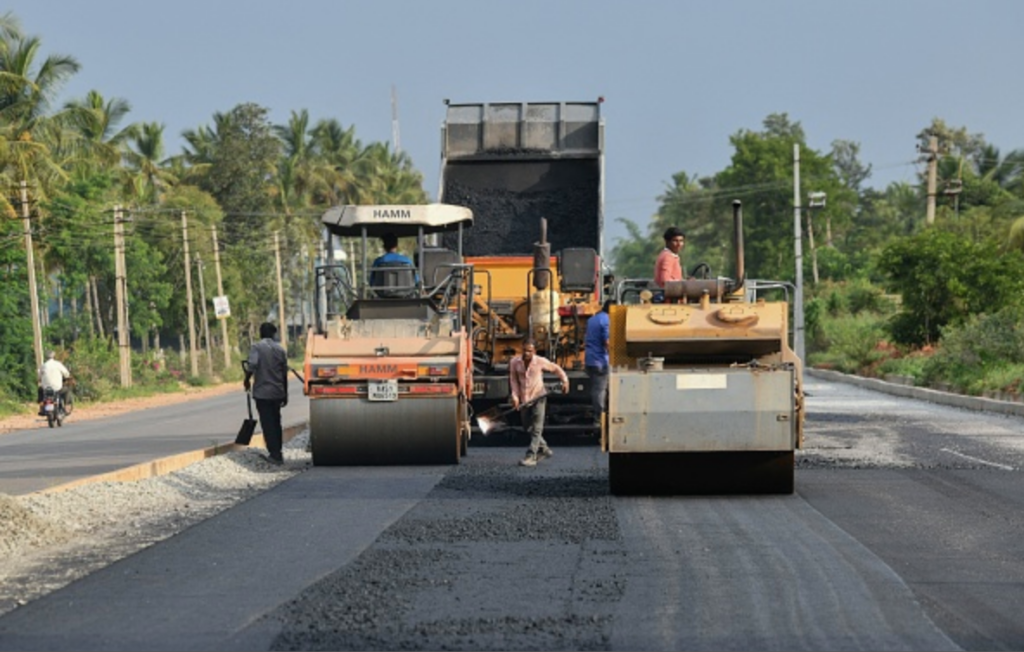
Short and Long-Term Mitigation Strategies
India can use its leverage and build towards resolving the domestic crisis at home by sourcing Russian oil to meet its ensuing energy security needs. As a fuel dependent economy, “India needs oil to run the country” since oil is an everyday commodity that is used by masses and classes alike. While continuing to support the Russian economy may further criticisms of India falling in Russia’s camp, it is in India’s interest to buy Russian oil at cheaper rates. Energy import costs will reduce due to India’s purchase of Russian oil and assist the recovery of the India economy after the pandemic induced slowdown. Since the “yellow revolution”—meant to make India self-sufficient in “edible oil production”— did not achieve the desired results, and edible oil remains an extensively imported commodity, Indian purchase of oil from Russia could ensure that a basic cooking ingredient does not disappear from Indian kitchens.
In the long run, India should reduce its reliance on fossil fuels so that it is not caught in the crossfire between the West and Russia again—at least not on the question of energy security.
In the long run, India should reduce its reliance on fossil fuels so that it is not caught in the crossfire between the West and Russia again—at least not on the question of energy security. India could adopt a multi-pronged approach to achieve this goal. The states should consider offering one-time subsidies to its vulnerable populace to temper the crisis’ impact at present. Simultaneously, India could strengthen the Indian banking system by addressing asset quality concerns and strengthening banks’ balance sheets.
Finally, India could transition towards a greener circular economy by allocating Special Economic Zones (SEZs) to greener enterprises. The government could also incentivize the manufacturing community to capitalize on the opportunities afforded by the “lucrative Indian market.” Ideally, manufacturers would curate their products to suit the needs of the Indian consumer—in terms of price and quality—thereby enabling every Indian to own an indigenously built “Indian electric car.”
***
Click here to read this article in Urdu.
Image 1: Scott Wallace/World Bank via Flickr
Image 2: Manjunath Kiran/AFP via Getty Images
